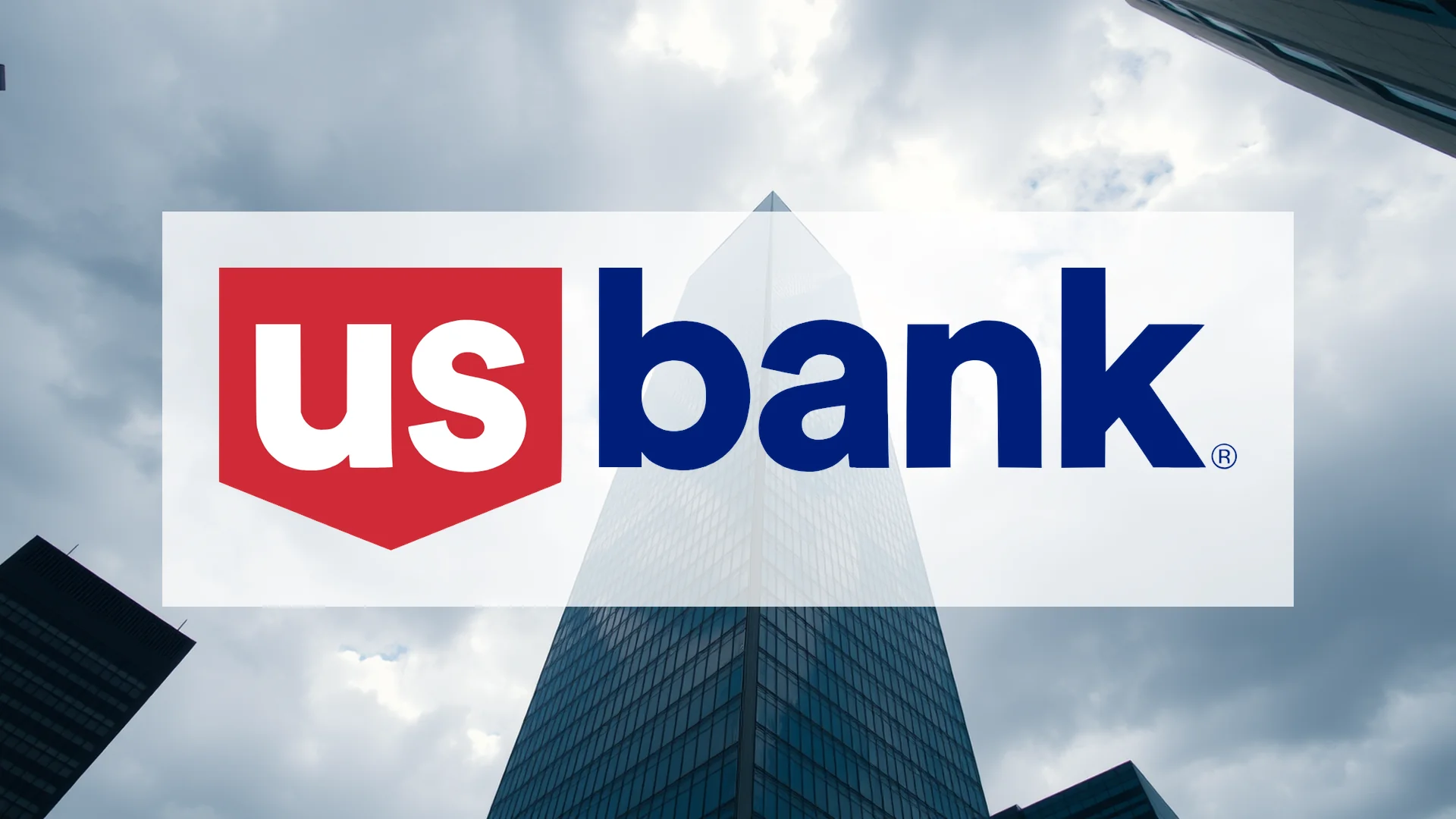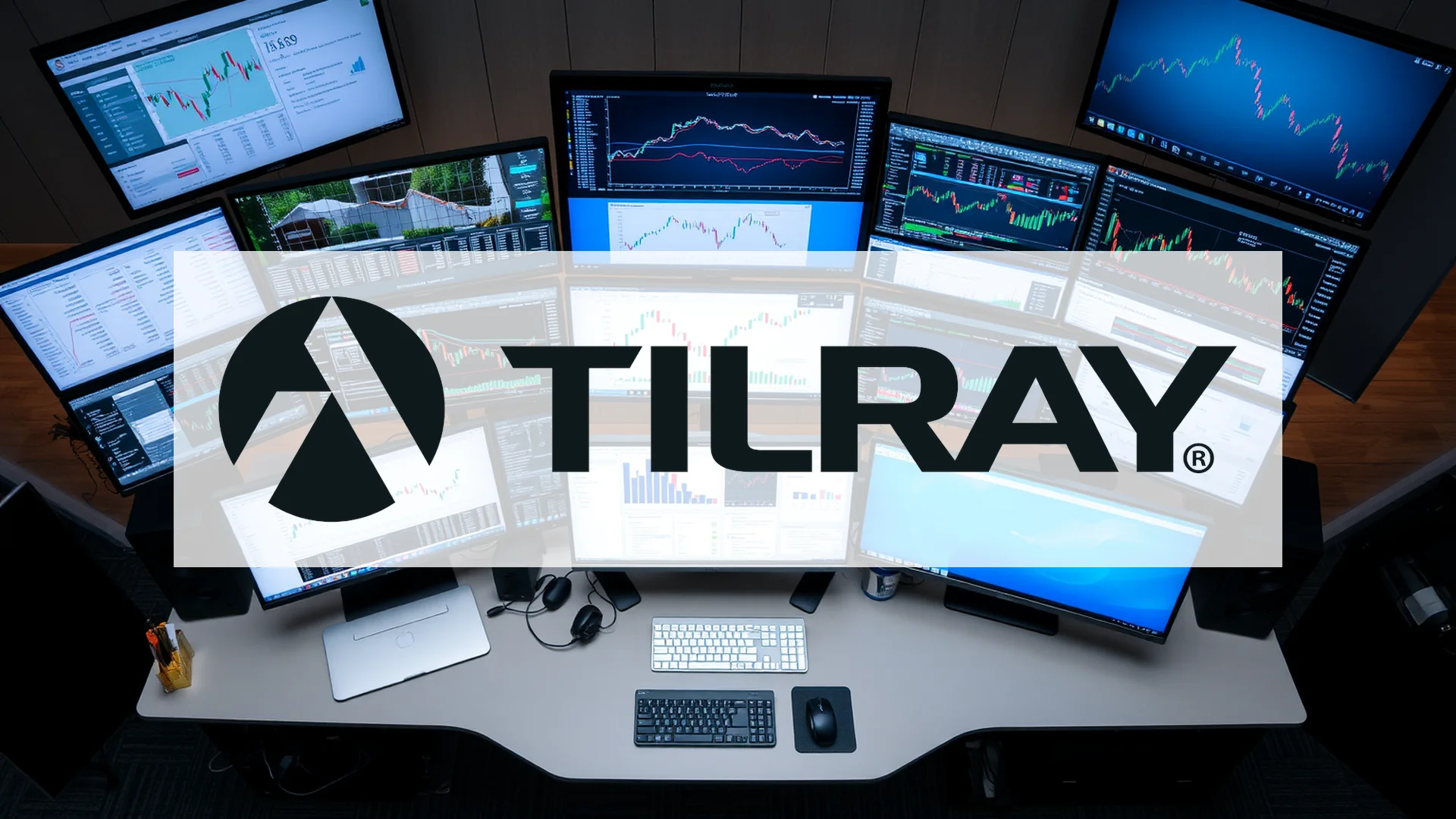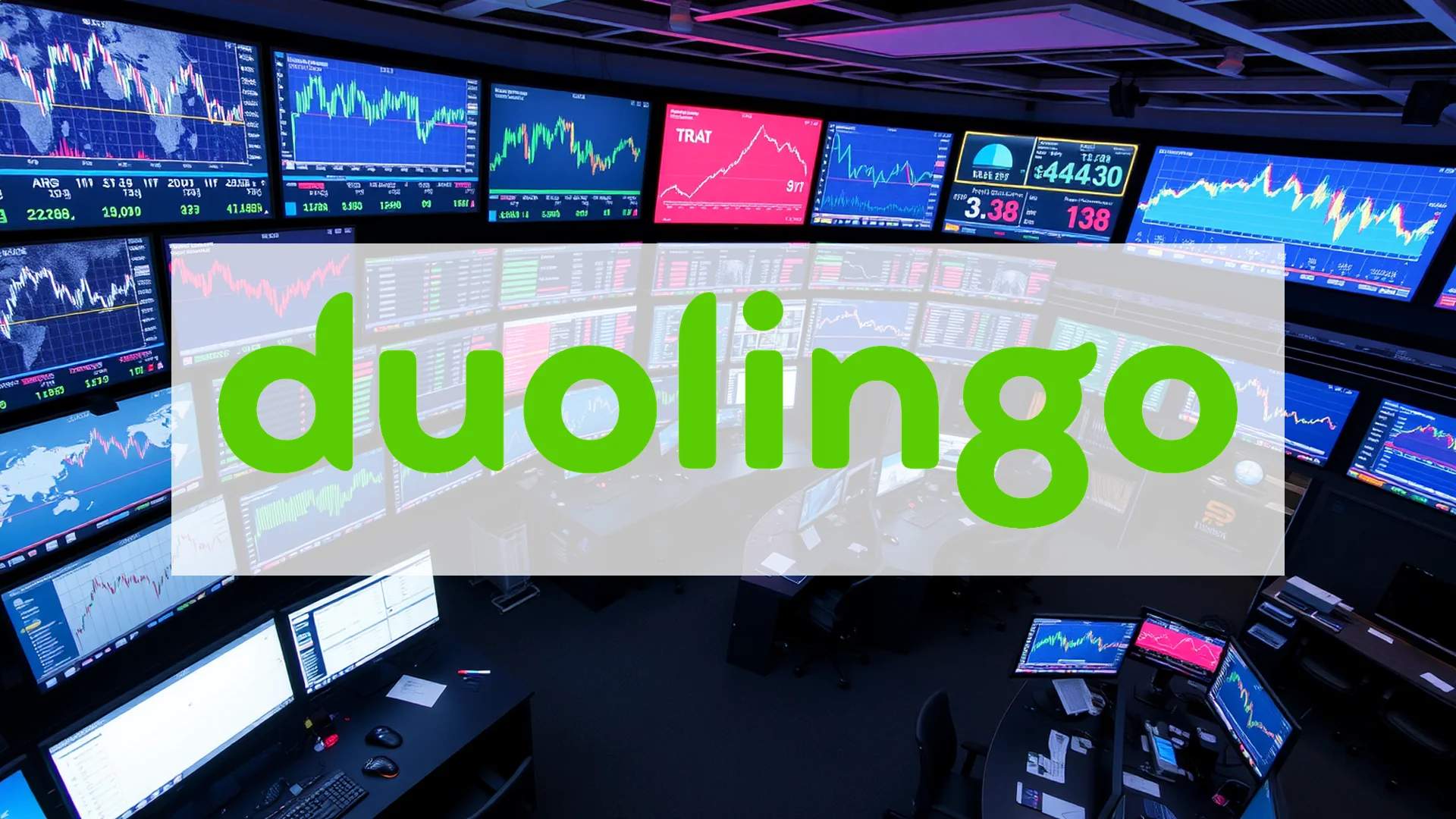The monumental merger between Capital One and Discover Financial Services is now entering its operational phase, marked by significant workforce reductions and immediate changes for customers. The integration process, set against the backdrop of one of the largest banking deals in recent memory, is demonstrating a more rigorous consolidation than many industry observers had anticipated.
Initial Layoffs Signal Deeper Integration
A wave of job cuts has commenced, with Capital One eliminating 382 positions formerly held by Discover Financial Services employees. This initial phase of workforce reduction began on November 17, 2025, and will extend through March 2026. The restructuring affects 215 distinct roles, primarily concentrated at Discover’s former Chicago headquarters and among remote staff reporting to that location.
These personnel changes follow earlier streamlining within Discover’s home-equity division, which Capital One discontinued in July 2025. The pattern indicates a systematic approach to eliminating redundant operations and forging a unified corporate entity from the two previously separate organizations.
Customer Deposits Face New Insurance Considerations
Substantial changes to deposit insurance took effect on November 18, 2025. Customer funds held at both Capital One and the former Discover Bank are now aggregated for Federal Deposit Insurance Corporation (FDIC) coverage purposes. This development carries significant implications for clients maintaining accounts at both institutions, who must now carefully review their total deposits across platforms to ensure they remain within insurance limits.
While Capital One has communicated that customers should anticipate no further immediate alterations to their accounts, the financial community is watching closely to see how long this period of stability will persist as the integration process advances.
Should investors sell immediately? Or is it worth buying Discover Services?
Background of a Landmark Banking Transaction
These operational shifts stem from the $35.3 billion acquisition of Discover by Capital One, finalized in May 2025. This transaction not only created a credit card industry behemoth but also delivered to Capital One the highly valuable Discover payments network—positioning the combined entity as a direct competitor to established payment processors Visa and Mastercard.
Regulatory approval for the merger came from the Federal Reserve and Office of the Comptroller of the Currency in April 2025, following earlier clearance from Delaware in December 2024. In a notable pre-merger development, S&P Global elevated Discover’s credit rating to ‘BBB’, though this assessment was withdrawn post-acquisition, marking the conclusion of Discover’s independent corporate history.
Discover demonstrated robust performance in its final independent quarter, with first-quarter 2025 net earnings climbing 30% to reach $1.1 billion. However, these figures now represent the company’s concluding chapter as an independent entity. Discover shares (ISIN US2547091080) have ceased trading, with investor attention now fully directed toward Capital One’s performance.
The central question facing market participants is whether the financial giant can successfully capture the promised synergies from this combination and achieve sustainable growth in transaction volume. Early indicators suggest the integration is gaining momentum, though the ultimate test of the merger’s success remains ahead.
Ad
Discover Services Stock: Buy or Sell?! New Discover Services Analysis from November 20 delivers the answer:
The latest Discover Services figures speak for themselves: Urgent action needed for Discover Services investors. Is it worth buying or should you sell? Find out what to do now in the current free analysis from November 20.
Discover Services: Buy or sell? Read more here...













